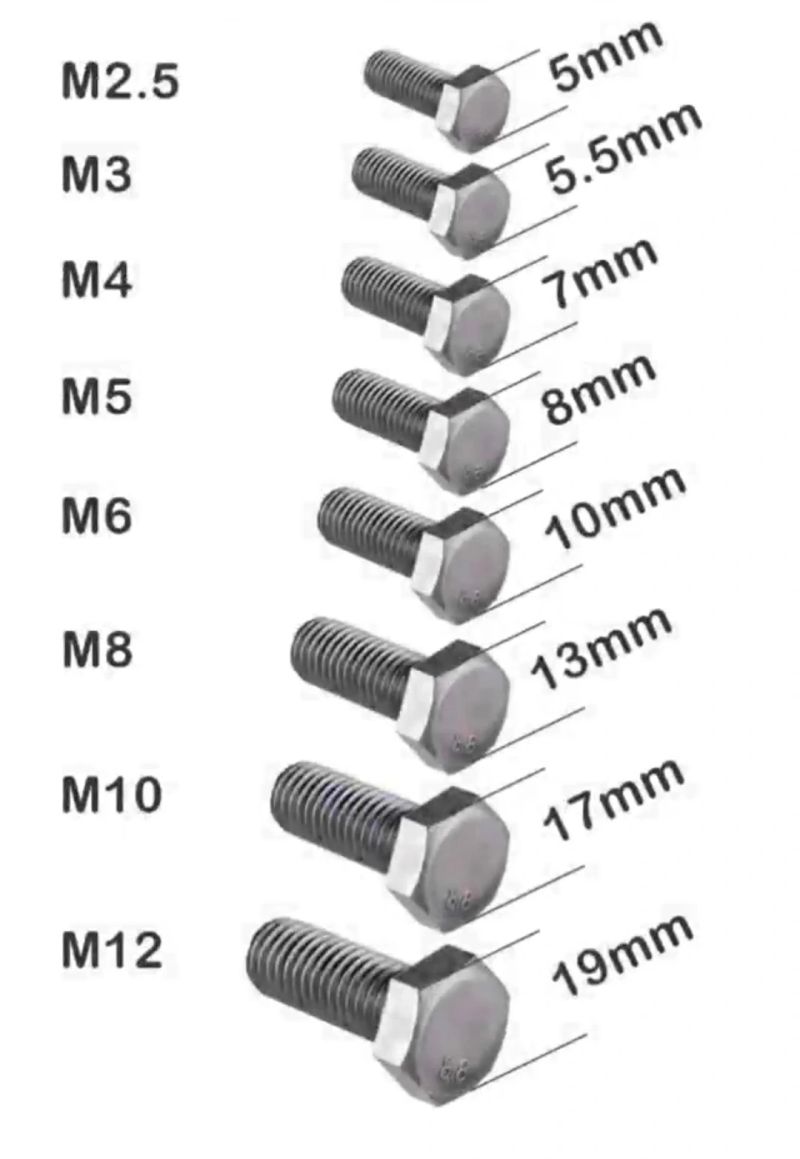Here's a more detailed explanation of bolts and how their strength varies with size:
1. Definition of a Bolt:
- A bolt is a fastening component with external threads and is used in conjunction with a nut to connect two or more components of a structure. Bolts usually have a head on one end to facilitate installation with tools like wrenches or screwdrivers.
2. Bolt Strength and Size:
- Bolt Diameter: The larger the diameter of the bolt, the higher the load-bearing capacity. A bolt with a larger diameter has more threads, which means a larger shear area and the ability to withstand greater tensile forces.
- Bolt Length: The length of the bolt determines how deeply the bolt can penetrate and secure the components. A longer bolt can engage more of the parts and therefore can handle greater loads.
- Strength Rating: Bolts are often categorized based on their material strength, usually indicated by a grade number that shows the maximum tensile load. For example, a bolt with a grade of 8.8 has a higher tensile strength compared to a grade of 4.6. This classification follows standards such as ISO (International Organization for Standardization).
- Bolt Material: The material of the bolt also affects its strength. Bolts can be made from various types of steel, such as carbon steel or alloy steel, each having different strength characteristics.
So, differences in size and strength classification of bolts determine how effective and safe a bolt is for a given application. The right choice depends on the load to be supported and the operating conditions of the structure being assembled.

